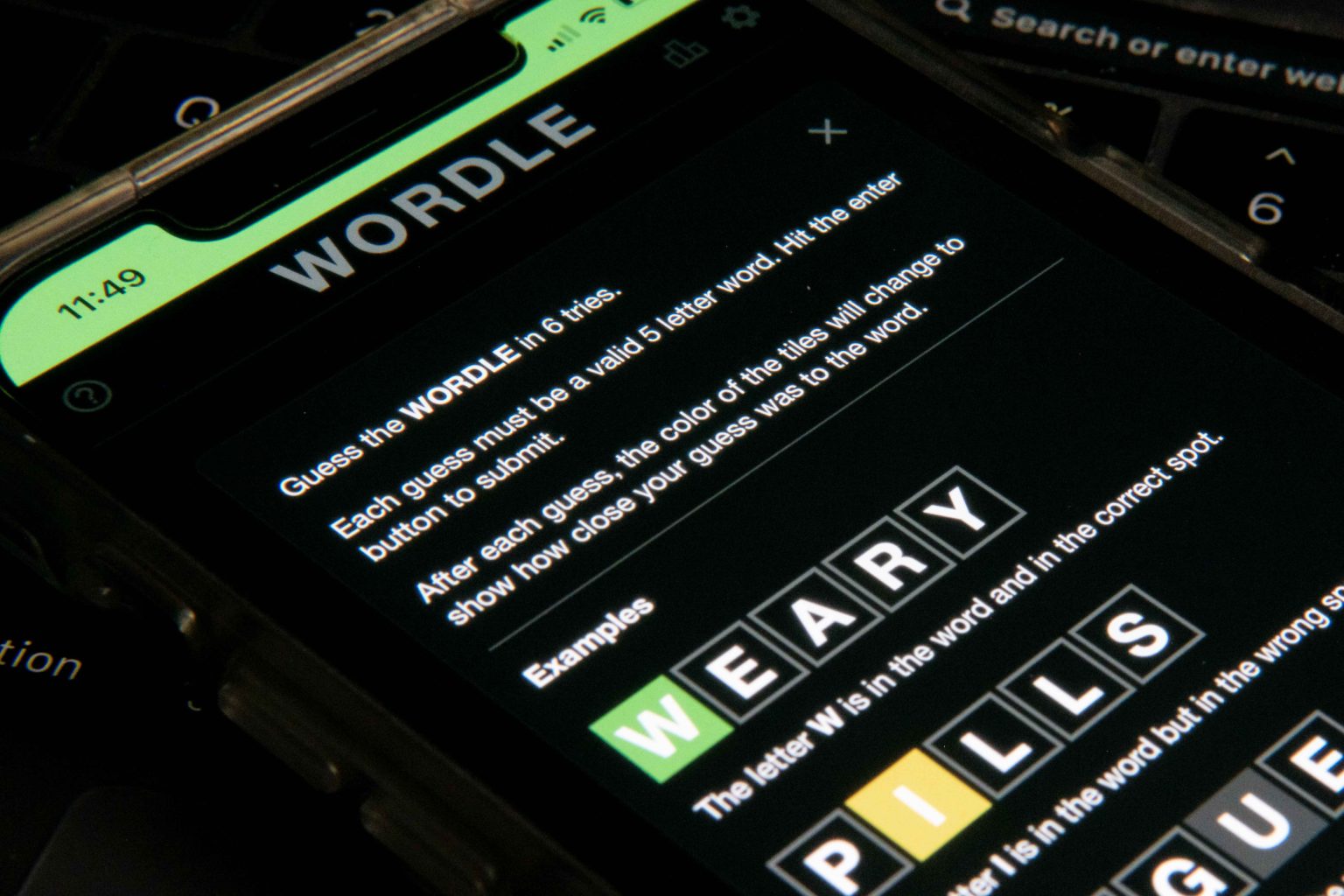Wordle, the globally popular word puzzle game, continues to captivate players with its daily challenges. Created by Josh Wardle during the COVID-19 lockdowns, the game’s simple yet engaging premise quickly garnered a dedicated following, leading to its acquisition by The New York Times in January 2022. Despite the change in ownership, the core mechanics of Wordle remain unaltered, preserving the essence of the game that captivated millions. This article dissects the strategies and nuances of Wordle, offering insights into the game’s mechanics and providing valuable tips for players aiming to improve their performance. We also delve into the specific clues and solution for the Wordle puzzle presented on Sunday, January 12th, #1303.
Wordle’s deceptively simple design belies a strategic depth that challenges players to think critically and efficiently. The game presents players with a grid where they must guess a five-letter word within six attempts. Feedback after each guess, indicating correct letters and their positions, guides players toward the solution. Linguistic expertise offers valuable insights into effective Wordle strategies. Erhan Aslan, a linguistics expert from the University of Reading, emphasizes the importance of the starting word. Selecting words containing common vowels (e, a) and consonants (r, t) can significantly narrow down the possibilities. Avoiding less frequent letters like q, z, j, and x increases the likelihood of discovering more common letter combinations early on. Furthermore, understanding phonics and consonant clusters becomes crucial as the game progresses, helping players deduce potential word structures based on revealed letters and their positions.
As players progress through their attempts, strategic thinking becomes paramount. The initial guesses should prioritize uncovering common letters and their placements. Subsequent guesses should strategically incorporate the feedback received, eliminating improbable letter combinations and focusing on potential word structures. Knowledge of common letter pairings and word frequencies can significantly improve a player’s guessing accuracy. Analyzing the feedback after each guess, paying close attention to the placement of correct letters and the absence of incorrect letters, is essential for narrowing down the possibilities efficiently.
This article also provides specific guidance for tackling Wordle puzzle #1303, presented on Sunday, January 12th. The clues provided offer a structured approach to solving the puzzle, starting with the revelation that the word contains no repeated letters. The second clue discloses the presence of two vowels, further narrowing down the possibilities. The third clue hints at the word being commonly used, suggesting it’s not an obscure term. The fourth clue provides synonyms, “entire” and “outright,” pointing towards the word’s meaning and potential structure. The final clue, a playful reference to the absence of the letter ‘I,’ subtly reinforces the importance of considering letter frequencies and common word patterns.
The solution to Wordle #1303 is revealed to be “total.” While this particular puzzle might not have been considered exceptionally challenging, it still required strategic thinking and efficient use of the provided clues. The word “total” aligns perfectly with all the clues provided: it has no repeated letters, contains two vowels (o, a), is commonly used, and has synonyms like “entire” and “outright.” The playful final clue about the absence of ‘I’ subtly reinforces the word’s structure.
Wordle’s enduring popularity stems from its simplicity, accessibility, and daily challenge. It offers a stimulating mental exercise that can be enjoyed by people of all ages and backgrounds. The game’s structure encourages strategic thinking, vocabulary development, and a playful engagement with language. The daily reset ensures a fresh challenge every day, keeping players engaged and motivated to test their word-solving skills. The social aspect of sharing results and comparing strategies further enhances the game’s appeal, creating a sense of community around a shared intellectual pursuit. The game’s success lies in its ability to combine a simple premise with a challenging execution, offering a rewarding experience that keeps players coming back for more.

